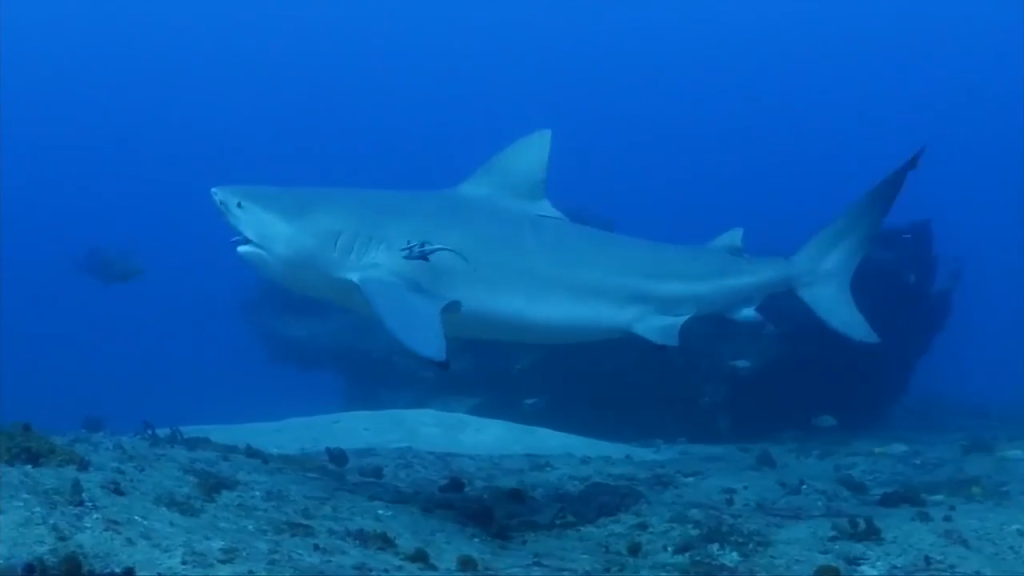A shark bit a Florida teenager on the leg during a lifeguard training camp on Monday morning, according to officials. The incident took place near the Ponce Inlet lifeguard tower shortly before noon, where the 14-year-old boy was practicing water entries as part of his training.

Teen Attacked During Training Exercise
Volusia County Beach Safety officials reported that the teenager was diving into the water when he landed on a blacktip shark, estimated to be 4 to 5 feet long. Witnesses described the encounter as unexpected and sudden. Fortunately, the boy’s injuries were not life-threatening. He was promptly taken by his parents to receive stitches. This incident is part of a series of recent shark bites in the area. Just days before, two separate bite incidents occurred in nearby New Smyrna Beach. On Friday, a 26-year-old man was bitten on the foot while floating in an innertube, and on Thursday, a 21-year-old man was bitten while playing football in shallow water.
Recent Shark Bites in Florida Waters
June saw another severe shark attack off Florida’s east coast, where a man sustained a significant bite to his right arm. Earlier that month, a woman and two teenage girls were injured in separate shark attacks along Florida’s Gulf Coast. These frequent incidents have raised concerns among local authorities and beachgoers. Volusia County, in particular, has gained notoriety for its shark activity. It has been dubbed the “shark bite capital of the world,” with almost half of the U.S. shark attacks occurring in Florida. The Florida Fish and Wildlife Conservation Commission has warned swimmers that shark activity typically peaks between April and October in Florida waters.
Understanding Shark Activity and Safety Measures
Shark attacks, while alarming, are relatively rare. In 2023, there were 69 confirmed shark attacks worldwide, according to the International Shark Attack File. This number was slightly above the previous five-year average of 63 attacks. Despite the low overall risk, nearly half of these attacks occurred in U.S. waters, with Florida being a significant hotspot.

In light of these incidents, local authorities emphasize the importance of awareness and caution. Swimmers are advised to avoid areas where shark activity is known to be high and to stay in groups, as sharks are more likely to target isolated individuals. Additionally, avoiding swimming during peak shark activity times and refraining from wearing shiny jewelry or brightly colored clothing can reduce the risk of attracting sharks.
The tragic death of pro surfer Tamayo Perry last month, following a fatal shark attack off the island of Oahu in Hawaii, serves as a somber reminder of the potential dangers. Perry’s death highlights the need for continued education and precautionary measures to ensure the safety of those who enjoy the ocean.
